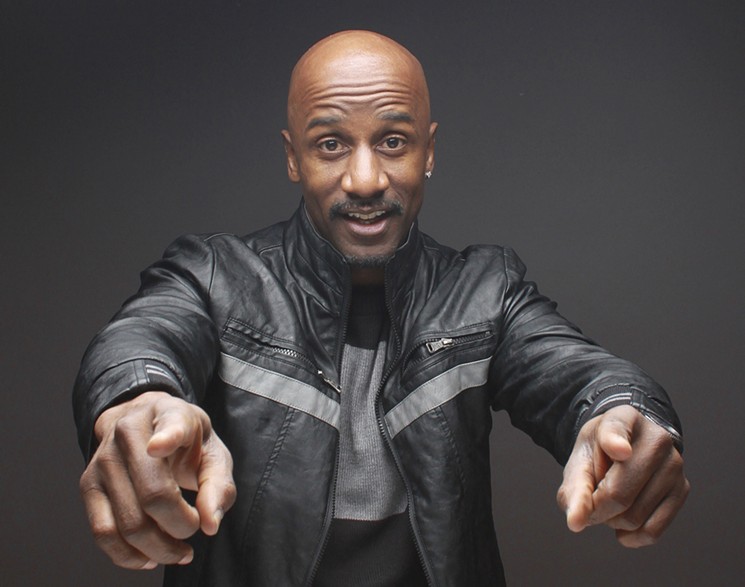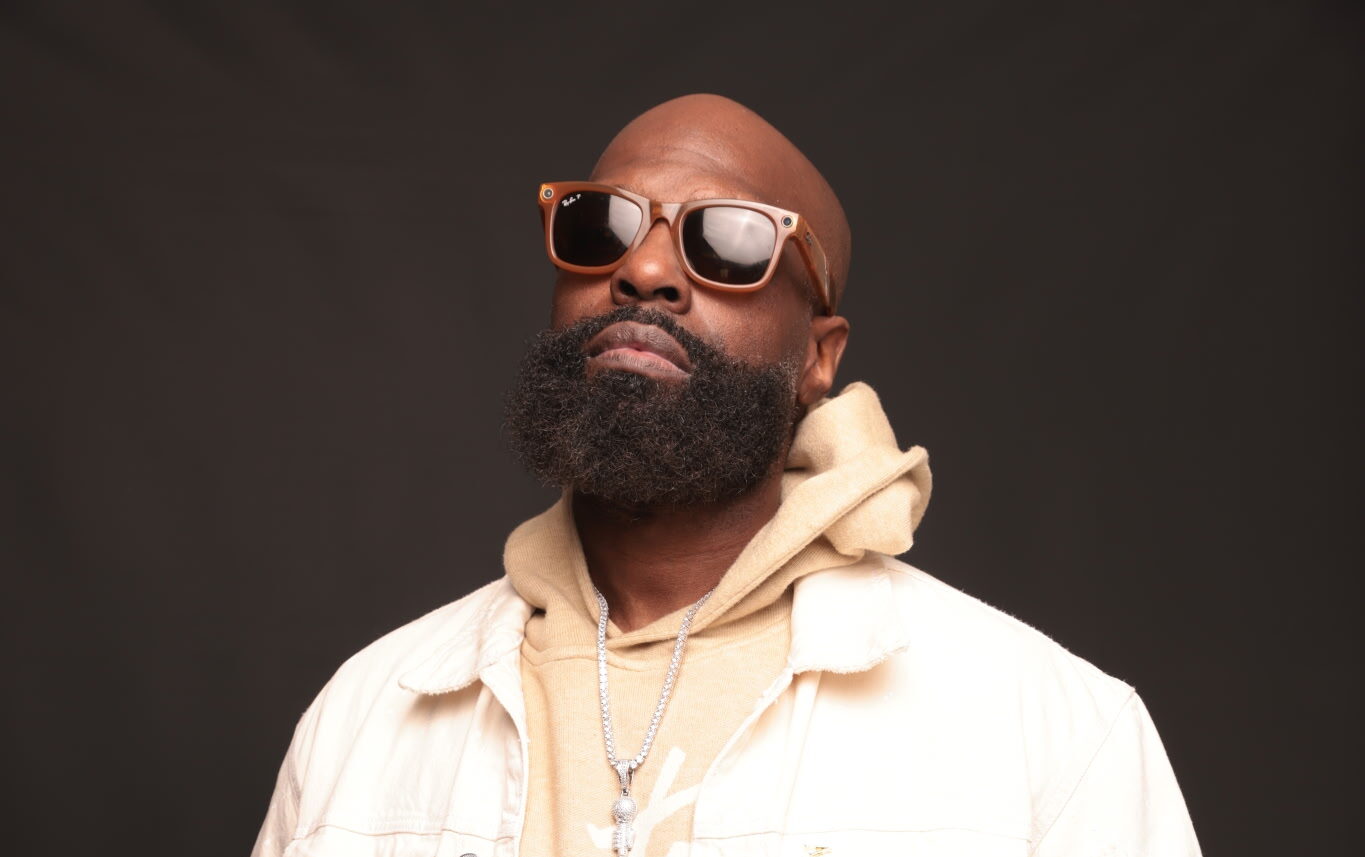When Care Doesn’t See You: The Urgent Need for Cultural Awareness in Health Care
I was 23, sitting in an emergency room, overwhelmed by pain from a hiking injury. Instead of compassion, the doctor’s words cut sharply through the haze: “You people don’t need

I was 23, sitting in an emergency room, overwhelmed by pain from a hiking injury. Instead of compassion, the doctor’s words cut sharply through the haze: “You people don’t need that much pain medication.” The phrase wasn’t just a careless remark—it was a reflection of something deeper, a bias that often goes unspoken but shapes who receives care and how.
That moment stayed with me—not for the injury itself, but because it revealed a painful truth about health care: it isn’t equally safe for everyone. Bias and misunderstanding can be just as harmful as any illness.
Why Patients Hold Back—and Why That’s Dangerous
When patients don’t feel seen or heard by their caregivers—when they are dismissed, stereotyped, or misunderstood—they instinctively guard themselves by withholding important information. This silence isn’t defiance; it’s protection. But when providers miss the mark in understanding their patient’s culture, language, or lived experience, they risk missing the story behind the symptoms. They may ask the wrong questions or fail to ask at all. This failure to connect isn’t just a communication gap—it can lead to misdiagnoses, ineffective treatments, or worse, patients being turned away without proper care.
Medical language already feels like a maze. Now imagine navigating it without sharing the same language or cultural reference points with your doctor. Explaining pain, discomfort, or fear becomes nearly impossible. When a patient’s story is lost in translation, it’s more than frustrating—it’s dangerous.
Why Do Hospitals Sometimes Seem Not to Care?

For many patients, hospitals can feel cold, impersonal, and even indifferent. This perception stems from systemic issues—understaffing, rushed appointments, bureaucratic protocols—that prioritize efficiency over empathy. When doctors have only minutes per patient, there’s little time to listen deeply or explore cultural contexts. Healthcare becomes transactional, reducing people to symptoms or numbers rather than whole individuals.
Add to this the layers of systemic bias and historic marginalization that many institutions are built upon, and it’s easy to see why some patients feel invisible or dismissed. Hospitals, as large institutions, often struggle to adapt quickly or tailor care to the diverse needs of their communities. This disconnect breeds mistrust, leaving vulnerable patients feeling neglected and alienated.
Where Does Bias Come From?
Bias in healthcare isn’t just about individual prejudice—it’s embedded in the system. Medical education has historically centered on white, male, middle-class experiences, leaving gaps in understanding how diseases present in different populations. Diagnostic tools, pain assessments, and treatment protocols often fail to account for variations in race, gender, or socioeconomic status.
Implicit biases—unconscious attitudes shaped by culture and experience—also influence provider behavior. These biases can cause providers to underestimate pain, overlook symptoms, or make assumptions based on stereotypes rather than facts. Left unchecked, these subtle prejudices contribute to wide disparities in care quality and outcomes.
What Can Be Done to Improve Awareness?
Changing this requires intentional, ongoing effort:
- Integrate Cultural Competency in Medical Education: From day one, medical students should receive comprehensive training on cultural awareness, implicit bias, and social determinants of health. Case studies and clinical rotations should expose students to diverse populations and teach respectful communication strategies.
- Ongoing Professional Development: Cultural sensitivity isn’t a one-time lesson. Healthcare providers need regular workshops, seminars, and reflective practice opportunities to recognize their own biases and learn from patient experiences.
- Diverse Hiring and Leadership: Bringing more diverse voices into healthcare roles—not just clinicians but administrators and policymakers—ensures that multiple perspectives shape patient care models and institutional priorities.
- Patient-Centered Communication Tools: Incorporating interpreters, cultural liaisons, and community health workers can bridge gaps and make healthcare more accessible and respectful.
- Accountability and Data Transparency: Healthcare institutions should collect and publicly report data on disparities in care and outcomes, using this information to guide improvements and hold providers accountable.
The Reality of Culture in Medicine
Every patient carries with them a rich tapestry of identity, shaped by culture, ethnicity, religion, and socioeconomic background. These aspects influence how they experience illness, interpret symptoms, and approach healing. Ignoring these layers doesn’t just risk misunderstanding—it actively harms patient care.
In some communities, illness may be viewed through spiritual or communal lenses. In others, openly discussing mental health might carry stigma. When health care providers overlook or dismiss these cultural nuances, they inadvertently create barriers rather than bridges.
How Bias Shows Up—and What It Costs
Studies show that racial and ethnic minorities often receive less pain management and are more likely to have their symptoms minimized or misdiagnosed. These aren’t isolated incidents but symptoms of systemic blind spots ingrained in medical education, clinical protocols, and health policies. When patients feel disrespected or ignored, many stop seeking care altogether—worsening outcomes and widening health disparities.
Building Care That Truly Sees
Addressing this challenge isn’t about politics or being “woke.” It’s about accuracy, empathy, and ultimately, saving lives.
Providers trained in cultural awareness ask better questions, recognize subtle signs sooner, and create space where patients feel safe to share their whole story. This kind of care builds trust, improves adherence to treatments, and leads to better health outcomes.
What Real Change Demands
It’s not enough to slap up a few multilingual signs or run a single cultural sensitivity workshop. Meaningful progress requires:
- Recruiting diverse healthcare professionals at every level.
- Embedding cultural competency training throughout medical education and continuing practice.
- Listening genuinely when patients express discomfort or mistrust.
- Investing in interpreter services and culturally relevant health programs.
- Ensuring digital health technologies are equitable and don’t reinforce existing biases.
True equity in health care demands a fundamental shift—one that values every patient’s identity and experience as integral to their care.
A Vision for the Future
Health care should be a sanctuary where every person—regardless of race, language, culture, or economic status—feels respected, understood, and cared for. Unfortunately, for too many, it remains a place of anxiety, misunderstanding, and fear.
But we can change that. By embracing cultural awareness and sensitivity, we move beyond treating symptoms to healing people.
And that is the future we must fight for.
By Izzy Malcolm for Ravoke.com








